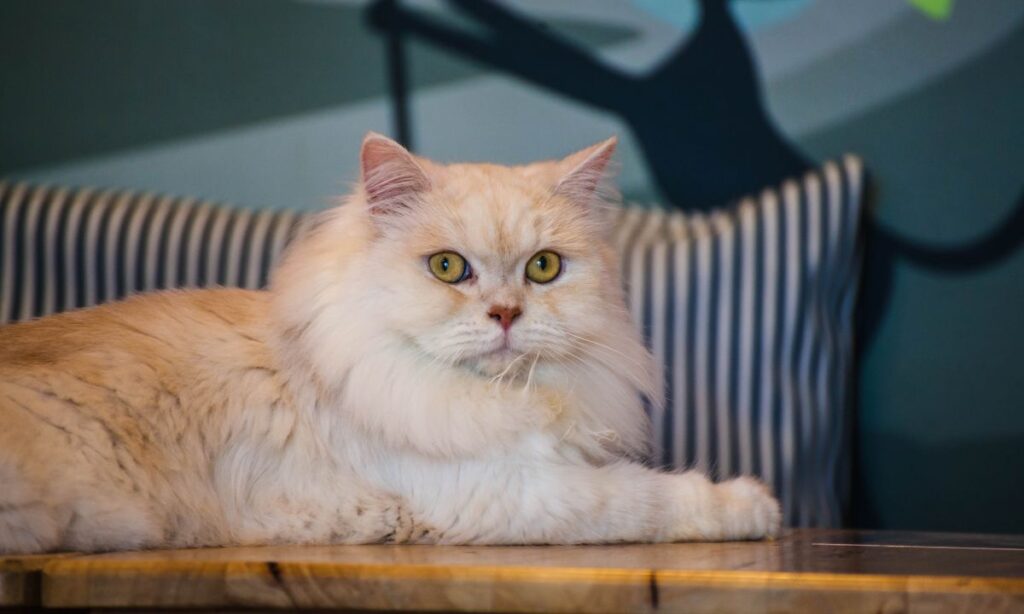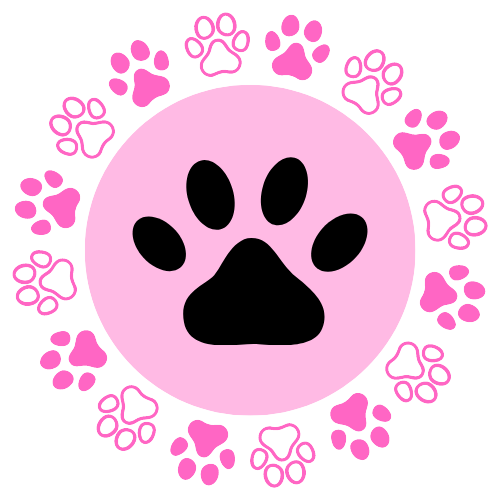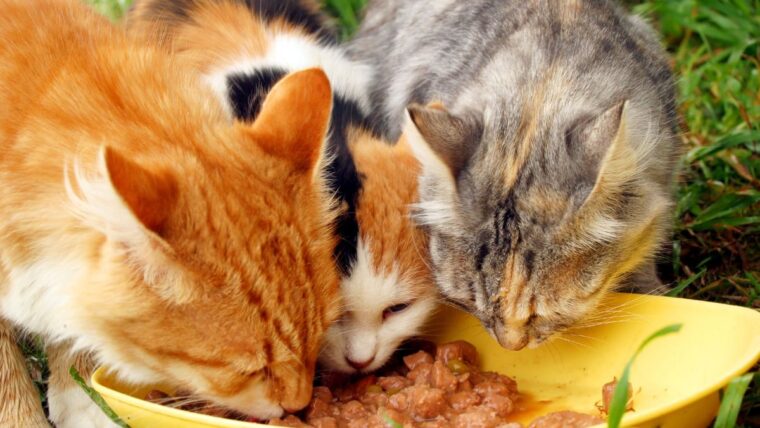These days, because of their beauty and fearsome appearance, Persian cats are becoming more popular as pets. Additionally, if you own a Persian cat, you should be aware that a persian cat food dietary and health requirements differ significantly from those of a typical cat. As a result, you must feed your pet specific Persian cat food.
Persian cats aren’t typically thought of as being particularly animated or energetic. They’re actually more likely to be discovered curled up on your lap than out chasing birds. They sometimes exhibit playful tendencies, much like a kitten. However, because they are purebred, they are more susceptible to some physical and hereditary ailments. Persian cats typically weigh between 8 and 12 pounds for females and up to 15 pounds for males, despite the fact that their coats can give them the appearance of being enormous cats.

The ideal diet for Persian cats will guarantee that they receive the ideal balance of protein, fat, and carbohydrates and allow them to keep their coat and eyes healthy. Their long fur in the Persian desert earned them the moniker “The Sand Cat,” and they required a diet high in high-quality protein, moderate in carbohydrates, and with a balanced amount of fat.
You may feed your Persian regular cat food from the grocery store, but there are many premium brands that are made specifically for breeds like the Persian. To help you make an informed decision and select the finest brand for you and your cat, we have compiled a list of the top brands along with reviews.
Royal Canin Persian Cat Food
Another dry diet, Royal Canin Persian Dry Cat Food was made specifically to maintain the health of Persian cats. This food’s main component is chicken by-product meal.
Additionally, it has chicken fat, a good source of omega-3. Brewer’s rice, wheat gluten, and corn are just a few of the lower-quality plant-based substances. All of these ingredients draw criticism since they can contribute significantly to the protein level of the meal, but grain and vegetable proteins do not have all the essential amino acids that are present in meat proteins and are thought to be necessary for the cat’s health.
They are, in essence, less healthy and more affordable meat protein substitutes. Royal Canin Persian Dry Cat Food is more expensive than the other foods on our list, despite the use of certain cheap filler components. However, this is probably due to the absence of artificial flavours, colours, and preservatives. Additionally, the meat products utilised are properly labelled, which is not usually the case with pet foods.
Maxi Persian Cat Food
The flavour and healthiness of ocean fish may be found in our Maxi cat chow. The mixture of nutrients in the food guarantees that your cats are receiving a balanced diet. To preserve your cat’s vision and heart health, it contains taurine, which is a source of many vital amino acids. Your cat’s coat will continue to be shiny with regular consumption of this food because it contains a balanced blend of vitamins. Even your cat’s urine pH balance will be maintained thanks to the organic minerals in this diet.
Let’s Bite Active Persian Adult Dry Cat Food
It’s time to switch this bag of active Persian cat food for your active Persian cat if you have one at home. After all of its nutritional demands are met, this will guarantee that your cat remains active, energetic, and healthy. This food’s taurine content will maintain your cat’s heart health. Regular consumption of this food will keep your cat’s coat healthy and shining while preventing fur loss. Additionally, it will assist in controlling the pH levels in the urine to maintain the general health of your cat.
Meat Up Adult Persian Dry Cat Food
Another well-known brand of high-quality pet food available for both dogs and cats is Meat Up. Almost all breeds of cats, including Persians, can eat this dry cat chow. This cat chow will ensure that the fur stays smooth, lustrous, and healthy for a long time by preventing the creation of fur balls. Regular use of this food will even regulate your cat’s urinary pH level. Taurine will keep your cat’s heart healthy.
Royal Canin Persian Kitten Cat Food
Persian cats should transition to an adult meal at 12 months of age, hence Royal Canin Feline Breed Persian Kitten Cat Food is designed exclusively for Persian cats. The minerals and ingredients in this dry food kibble can help guard your cat’s teeth while also giving them the things they need for a healthy coat and body.
Additionally, the kibble has been made to be physically simpler for your Persian kitty to chew and digest, which is crucial for both their health and enjoyment of the diet. Brewer’s rice serves as the second ingredient, with chicken by-product meal serving as the first. Although the leftover rice kernels, known as brewer’s rice, do contain some protein and fibre, their quality is uncertain.
It would be preferable to substitute it with a more expensive ingredient because it is regarded as a relatively cheap filler. EPA and DHA, two nutrients that are proven to help protect the long hair and skin of the Persian, have been added to the mix.
We believe that this is the best diet available for Persian kittens.
How to Choose the Best Foods for Persian Cats, a Buyer’s Guide
The gorgeous eyes and luxurious long hair of the Persian breed are well-known characteristics. Because this breed is frequently kept as an indoor cat, they are prone to weight gain. While cats are typically fully capable of maintaining their fur in good condition on their own, you can make it simpler by giving them wholesome food. Additionally, make sure their diet is complete in terms of protein, vitamins, and minerals. For more information about selecting the finest fuel source for your Persian, continue reading.
What Cats Require
Cats must consume meat to thrive and maintain good health since they are carnivores. The full complement of amino acids found in meat protein is simply not present in plant and substitute proteins. The most popular meat ingredients include chicken, turkey, salmon, and other fish, but you may also find pork, lamb, and even beef.
Fillers
Fruits and vegetables are present in certain cat meals. These occasionally contain important nutrients and components, including as omega-3 and omega-6. In other instances, they are picked because they add protein that can be printed on the packet’s side yet is considerably less expensive than protein generated from meat. These could be regarded as fillers. They might keep cat food prices down, but they don’t actually offer the benefit they seem to.
Food Form Is Important
Remembering that your Persian has a flat face is crucial while giving it dry food. This implies that it might have trouble finishing huge kibble biscuits. Simply put, their face was not designed to easily break down huge chunks of food. They can break down the food so that they can chew and digest it properly by using meat and soft components. This is impossible with dry kibble biscuits, therefore you must make sure the kibble is divided into small, easily-digested bits.
Allergens
Like any cats, Persians could be allergic-prone. They may be particularly sensitive to grains and other substances. Corn, soy, dairy, and gluten are examples of typical allergies.
Skin that is itchy and irritating, as well as vomiting and diarrhoea, are possible symptoms. It might be worthwhile switching to cat food that doesn’t contain any of the allergens mentioned above if your cat is displaying any of these symptoms.
Dry or Wet Food
In general, Persian cats benefit from consuming a mixture of wet and dry food. Many pet owners serve wet food as breakfast in the morning and keep dry food on hand at all times. Make sure your Persian cat—or any other breed of cat, for that matter—always has access to fresh water throughout the day.
Dealing with Hairballs
Persian cats suffer greatly from hairballs due of their lengthy coats and love of grooming. When cats clean themselves with their tongues and drag fur down into their throats, furballs are produced.
Hairballs are common and usually not cause for alarm. However, they are unpleasant for the cat that produces them as well as for owners who must clean them up later. Regular brushing to remove extra and dead hair, a teaspoon of a lubricant like flax oil, and making sure your cat has access to enough water are all examples of natural cures for hairballs.
Adding more fibre to a cat’s diet is another option. Select a cat diet that contains as much fibre as their current food or more. Fiber keeps everything, including furballs, moving. The furball will be ensured to continue down the oesophagus, into the stomach, and beyond. Increased fibre levels are present in cat meals marketed as hairball-control foods or including small bits of fruit, such as apples.
Conclusion
Persian cats are purebred cats with particular dietary needs. Since the majority of purebred cats are kept indoors, it is important to watch out for their weight gain. Persians can have difficulty eating big amounts of kibble due to the physical form of their faces and the requirement for assistance in caring for their long, luxurious coat. There are several dishes that are appropriate for the Persian breed because of its popularity.
In order to assist you in selecting the finest cat food for Persians for you and your cat, we have created a collection of reviews. Hope you found this list helpful.









